This guide helps doctors monitor the health of workers exposed to 4,4'-Methylene Bis (2Chloroaniline) [MOCA].
This guide helps doctors monitor the health of workers exposed to vinyl chloride.
This guide helps doctors monitor the health of workers exposed to thallium.
This guide helps doctors monitor the health of workers exposed to polycyclic aromatic hydrocarbons (PAHs).
This guide helps doctors monitor the health of workers exposed to pentachlorophenol (PCP).
Pure pentachlorophenol (CAS 87-86-5) is a colourless or white, needle-like crystal.
This guide helps doctors monitor the health of workers exposed to inorganic mercury.
This guide helps doctors monitor the health of workers exposed to inorganic lead.
This guide helps doctors monitor the health of workers exposed to creosote
Creosote (CAS 8001-58-9; 8021-39-4; 8007-45-2) is the name for products that are mixtures of many chemicals.
This guide helps doctors to monitor the health of workers exposed to chromium.
Chromium (CAS 7440-47-3) is a steel-grey metal that exists as:
-
a free metal
This guide helps doctors to monitor the health of workers exposed to cadmium.
The guide helps doctors to monitor the health of workers exposed to benzene.
The guide helps doctors to monitor the health of workers exposed to asbestos.
Examples of work with asbestos include:
This guide helps doctors monitor the health of workers exposed to arsenic.
This guide helps doctors monitor the health of workers exposed to acrylonitrile.
Acrylonitrile (CAS 107-13-1) is a clear, colourless, highly flammable liquid with a mild, bad odour. You may know it as vinyl cyanide.
Use this guide if you manage cyanide in the workplace.
Exposure to cyanide can cause cyanide poisoning to workers who store, handle and use cyanide.
Use this guide if you manage foundry work in the workplace.
Foundry work involves casting molten metal into a mould. It presents a range of work health and safety risks that need to be managed.
This model Code of Practice guides you on managing risks with spray painting and powder coating.
Use this Code of Practice if you have any spray painting or powder coating processes at your workplace.
This model Code of Practice provides practical guidance on managing electrical risks in the workplace.
Use this guide if you:
-
manage or control electrical equipment
This model Code of Practice provides guidance on providing first aid in the workplace.
It includes information on:
-
first aid kits
-
procedures
-
facilities
This model Code of Practice guides you on working in a confined space.
Use this Code of Practice if you:
This model Code of Practice has been developed to provide practical guidance for persons who have duties to manage risks to health and safety under the WHS Act and Regulations applying in a jurisdiction.
This model Code of Practice provides guidance on managing the risk of a falls by a person from one level to another that is reasonably likely to cause injury.
Use this model Code of Practice to protect workers from the effects of noise at work.
If you have a noisy workplace, this document guides you on:
This model Code of Practice sets out the requirements for how to manage and control asbestos in all workplaces, including when working in residential premises.
This Code is for:
If you’re a person conducting a business or undertaking (PCBU), this model Code of Practice provides practical guidance on how to effectively consult with workers about work health and safety and meet your duties under the work health and safety (WHS) Act.
This 2006 report is a literature-based review of:
About this seminar
In this video, employers are challenged to reduce stigma and provide strong leadership on the issue of workplace mental health. They are also asked to consider how they would deal with a mental health crisis in their workplace.
In this panel discussion, Lucinda Brogden, Carolyn Davis and Dr Peter Cotton put the spotlight on workplace mental health. Our expert panellists explore why a mentally healthy workplace is important, what it looks like, and what employers can do in the context of their business.
In this seminar, Dr Carmel Harrington and Professor Drew Dawson examine why fatigue management is important from both a worker and a business perspective and what businesses and workers can do to manage the risks caused by fatigue in the workplace.
Introduced by SafeWork SA’s Bryan Russell, this video outlines the ‘Seven Steps for Small Business’ approach from the South Australian work health and safety regulator.
Our panellists suggest practical ways to use supply chains to protect the health and safety of workers, emphasising the importance of consultation and cooperation.
Watch this video to see two young workers going about their day’s work, and how their interactions with their supervisors can have such an effect on the outcome – for good or bad.
Pagination
- First page
- Previous page
- 1
- 2
- 3
- 4
- 5
- 6
- 7
